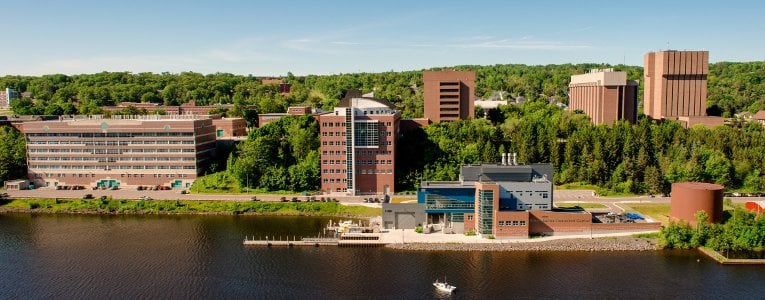 Greetings to everyone from the chair’s office in the ECE Department! Here we are again, at the cusp of a new academic year at Michigan Tech. The new students have already been on campus for a week, for orientation, and classes start next Tuesday. As much as I love the beautiful quiet summers here, I get energized by the new and returning students, the new faculty members across campus, and the overall “buzz” of activity that accompanies the new year. Game on!
Greetings to everyone from the chair’s office in the ECE Department! Here we are again, at the cusp of a new academic year at Michigan Tech. The new students have already been on campus for a week, for orientation, and classes start next Tuesday. As much as I love the beautiful quiet summers here, I get energized by the new and returning students, the new faculty members across campus, and the overall “buzz” of activity that accompanies the new year. Game on!
One little indicator of the increased level of activity is the increase in my e-mail. I have a nerdy little system where I track my e-mail pretty carefully, in an effort not to lose or overlook stuff, and part of that includes jotting down the number of e-mails in my inbox over every 24-hour period. Over the summer, right up until last Friday, that number was just under 100 e-mails per day. Starting this past Monday, that number jumped up to an average of 143 per day – a 43% increase! Not all of those required immediate action on my part, thank goodness. Our provost, Jackie Huntoon, tells me that she processes around 400 e-mails a day, and I don’t know how she does it. If one can handle 100 messages an hour, which is about my pace, that means spending half the day just conducting business by e-mail. I do notice that on those days where I am sitting in my office sending out e-mails to everyone, I end up with a lot more in my inbox. Funny how that works. Elon Musk, the entrepreneur behind Tesla and SpaceX, joked in an interview recently that e-mail was one of his “core competencies” although based on my experience I’m not entirely sure he was kidding.
Interested readers of FWF, if there are any, may notice that I kind of disappeared in the month of August. I don’t have much in the way of explanation, other than 1) I got busy, or 2) I got lazy. It actually was a busier August than usual. At any rate, I am back in the saddle and ready to share with you more random thoughts on a weekly basis as the semester progresses.
Today I will play “catch-up” with a few paragraphs about what has been on my mind the past month. Any of these topics could have turned into an entire column but I will try to keep it brief.
Alumni Reunions. Michigan Tech held its annual reunion celebration on campus in the first week of August. As always it was great to re-connect with so many Huskies from our past. For the second year in a row the pasty picnic was moved indoors to the MUB due to the threat of rain. Last year it was just that – a threat – but this year it rained cats and dogs so moving it was a good call. [My all-time favorite kid joke: “Hey, it’s raining cats and dogs!” “I know, I just stepped in a poodle.”] At the Friday night awards dinner, we gave the “Honorary Alumni” award to our good friend John Dau from DTE. This award is given to someone who is not an alumnus of Michigan Tech but who has been so engaged with the university that we can pretend he or she is anyway. That was a wonderful evening and I can’t think of a more fitting recipient than John. The entire week is a good opportunity to remind the alumni, and ourselves, that they carry the Michigan Tech “brand” with them their entire lives, and anything we do to move the university forward is a positive reflection on them, even when they have been away from campus for many years.
Copperman Triathlon. I bring this up just as an example of how wonderful it is to be in the Copper Country in the summer (see paragraph 1). The Copperman Triathlon is a very well-run local athletic event up in Copper Harbor, and I have enjoyed participating in it several times. It was held on August 5 this year. The distances are a little bit non-standard, but it is close to Olympic distance – 1/2-mile swim, 23-mile bike, 5-mile run. It can be done individually or in teams – I have done both – and this year I was on a team with Jesse Depue, daughter of retired Michigan Tech colleagues Chris and Carl Anderson, and Joan Becker, our very own Graduate Program Coordinator in the ECE Department. Our team name was “Trust Me, I’m an Engineer”. Jesse absolutely crushed it with a 13-minute swim, and Joan was flying on the bike at 1:12:30. I turned in a mediocre 47 minutes on the run, but hey, I was off the couch and enjoying a stunningly beautiful day in the Keweenaw. I’ll take it.
Charlottesville. From the sublime to the despicable. The events in Charlottesville really set me back and may have had something to do with why I just stopped writing for a couple of weeks, because I had such a hard time finding the words. It goes without saying, but I will say it anyway, that hatred, racism, white supremacy, Nazism, the KKK, and everything that goes with them and everything that they stand for are absolutely deplorable. What is more disconcerting to me is that there is even any debate about this. Seriously, how hard is it to condemn Nazis? There was no end of commentary to be found on social media, and two videos I really liked came from Arnold Schwarzenegger and Jim Jefferies. Schwarzenegger grew up in Austria, and in his video he commented on the soul-crushing effects of Nazism on those who served, and lost, in the German army in WWII. Jefferies, an Australian comedian and fairly recent addition to the Comedy Central line-up on cable TV, made a serious point about how we cannot pretend these neo-Nazis are not part of us (I will skip over his anatomical analogy, even though it was pretty good. Google it.) To his point, we as electrical engineers, computer engineers, and computer scientists have to come to grips with the fact that something we have created – the Internet – has a lot to do with the resurgence of hatred in our society. I have seen some of this stuff, and it is appalling to read what these cowardly little Internet trolls are saying about their fellow human beings under the cover of anonymity. I spend a lot of time here extolling the virtues of all the good things that electrical engineers have brought to this world. The Internet is one of those things, but it has a dark side that is way worse than anyone probably imagined 30 years ago. That hatred is now coming out into the open in ways that we are going to have to deal with, one way or another. I don’t have any good answers – I am just really worried.
Computing at Michigan Tech. Ah…coming back to the collective efforts of those who are actually trying to be a positive contribution to the planet. As we look forward to a season of leadership change here at Michigan Tech, with ongoing searches for the president and three deans, there are some who see a good opportunity for other types of changes as well. I am thinking particularly of change as it relates to computing and information sciences and how Michigan Tech will position itself in the years and decades to come. I count myself among those who would welcome a serious look at this issue. On Friday, August 18, Provost Jackie Huntoon convened a large group of stakeholders in computing at Michigan Tech for an all-day retreat where we explored a lot of different aspects of our approach to computing here. In attendance, and making two powerful presentations, was ECE alumnus Dave House, whom I have written about here before. Dave made the point that technology is changing rapidly in the Fourth Industrial Revolution, and that Michigan Tech needs to adapt and be a leader in 4th IR technologies if we are to remain relevant. I couldn’t agree more. The whole point of the retreat was to open up hearts and minds to the possibility of change; no proposals were put on the table. This is going to be a long process, with lots of input from constituencies internal and external to Michigan Tech, and I have confidence that Provost Huntoon will guide that process effectively. This is something that is on my mind a lot these days, so you may be reading a lot more about it this year.
Personnel Changes. This year the ECE Department welcomes Dr. Tony Pinar as our new Lecturer and coordinator of the Senior Design program. I have asked Tony to concentrate this year on the quality and consistency of the student experience in Senior Design, and I know he will do exactly that. We also welcome Dr. John Pakkala, who will serve as our new Graduate Academic Advisor for course-option MS student. Both Tony and John hold PhDs from the department – Tony just last year under the direction of Prof. Tim Havens, and John many years ago under the direction of Prof. Jeff Burl. We are also dealing with the rather sudden resignation of Associate Professor Shiyan Hu, who has taken a chaired professor position at a university in Europe. I wrote recently about Shiyan’s exemplary professional service activity, and ironically it was this very activity that made him attractive for recruiting elsewhere. This is a blow for the ECE Department, but we congratulate Shiyan on his success and wish him all the best.
Well, I believe this brings us up to the present. We get one more breather, Labor Day weekend, before classes get underway next week. Make it a good one!
– Dan
Daniel R. Fuhrmann
Dave House Professor and Chair
Department of Electrical and Computer Engineering
Michigan Technological University
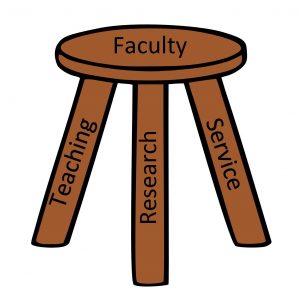 Following up on posts earlier this summer about university teaching and research, I thought this week I would write a few lines about the third piece in the academic triumvirate – service.
Following up on posts earlier this summer about university teaching and research, I thought this week I would write a few lines about the third piece in the academic triumvirate – service.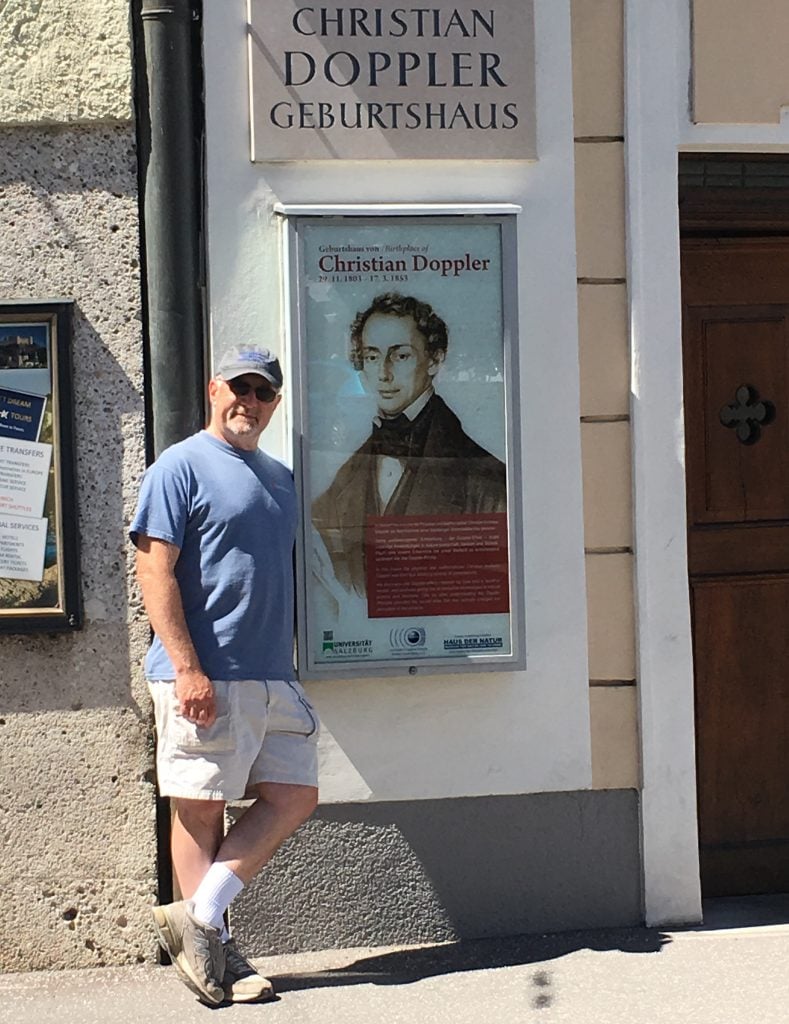 FWF is taking a break this week, while my family and I visit Central Europe: Munich, Salzburg, Vienna, and Prague. Here is a photo of yours truly, looking like a typical American tourist, standing in front of the birthplace of Christian Doppler in Salzburg. Many of the readers of this column will know the importance of Doppler in radar signal processing.
FWF is taking a break this week, while my family and I visit Central Europe: Munich, Salzburg, Vienna, and Prague. Here is a photo of yours truly, looking like a typical American tourist, standing in front of the birthplace of Christian Doppler in Salzburg. Many of the readers of this column will know the importance of Doppler in radar signal processing.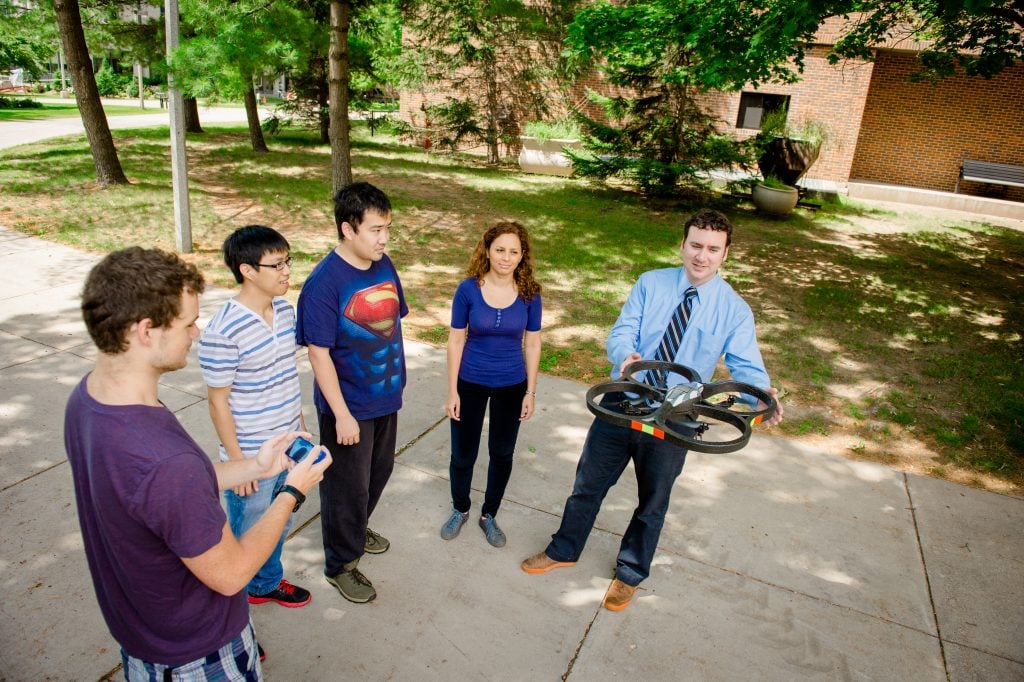




 I am taking a break this week from recent discussions of relatively important topics like why we do what we do in academics, so that I can vent about one of my pet peeves. In the big scheme of things, today’s topic is totally unimportant, but sometimes things like this occupy more of our attention than they rightfully should so it’s good just to put it out there. I am referring to a particular issue of grammar that comes up quite often in academic circles.
I am taking a break this week from recent discussions of relatively important topics like why we do what we do in academics, so that I can vent about one of my pet peeves. In the big scheme of things, today’s topic is totally unimportant, but sometimes things like this occupy more of our attention than they rightfully should so it’s good just to put it out there. I am referring to a particular issue of grammar that comes up quite often in academic circles.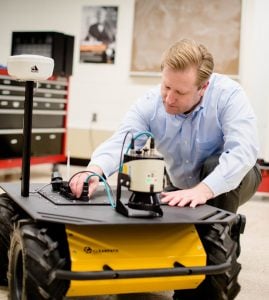

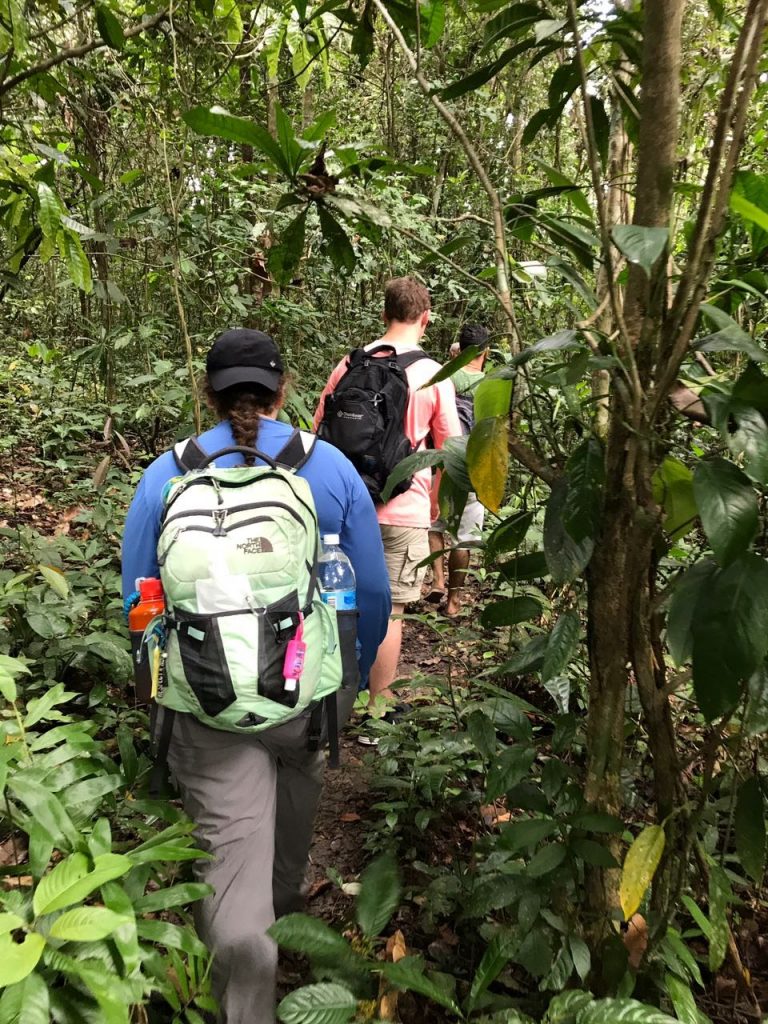

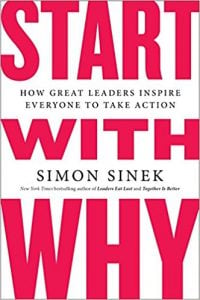 It’s been a quiet week in Houghton, just like in Lake Wobegon I suppose. It seems like hardly anyone is around except for the few instructors we have teaching summer classes. The weather has been pretty lousy – cold, rainy, and windy – and even though the lawns around town are greening up, the leaves on the trees are still struggling to come out. The academic year is over but it is too early in the season to enjoy any summertime outdoor activities in the Keweenaw. It’s a perfect time to travel.
It’s been a quiet week in Houghton, just like in Lake Wobegon I suppose. It seems like hardly anyone is around except for the few instructors we have teaching summer classes. The weather has been pretty lousy – cold, rainy, and windy – and even though the lawns around town are greening up, the leaves on the trees are still struggling to come out. The academic year is over but it is too early in the season to enjoy any summertime outdoor activities in the Keweenaw. It’s a perfect time to travel.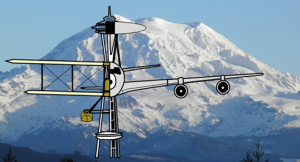 Greetings one and all from beautiful Seattle, Washington, where I have been attending the
Greetings one and all from beautiful Seattle, Washington, where I have been attending the